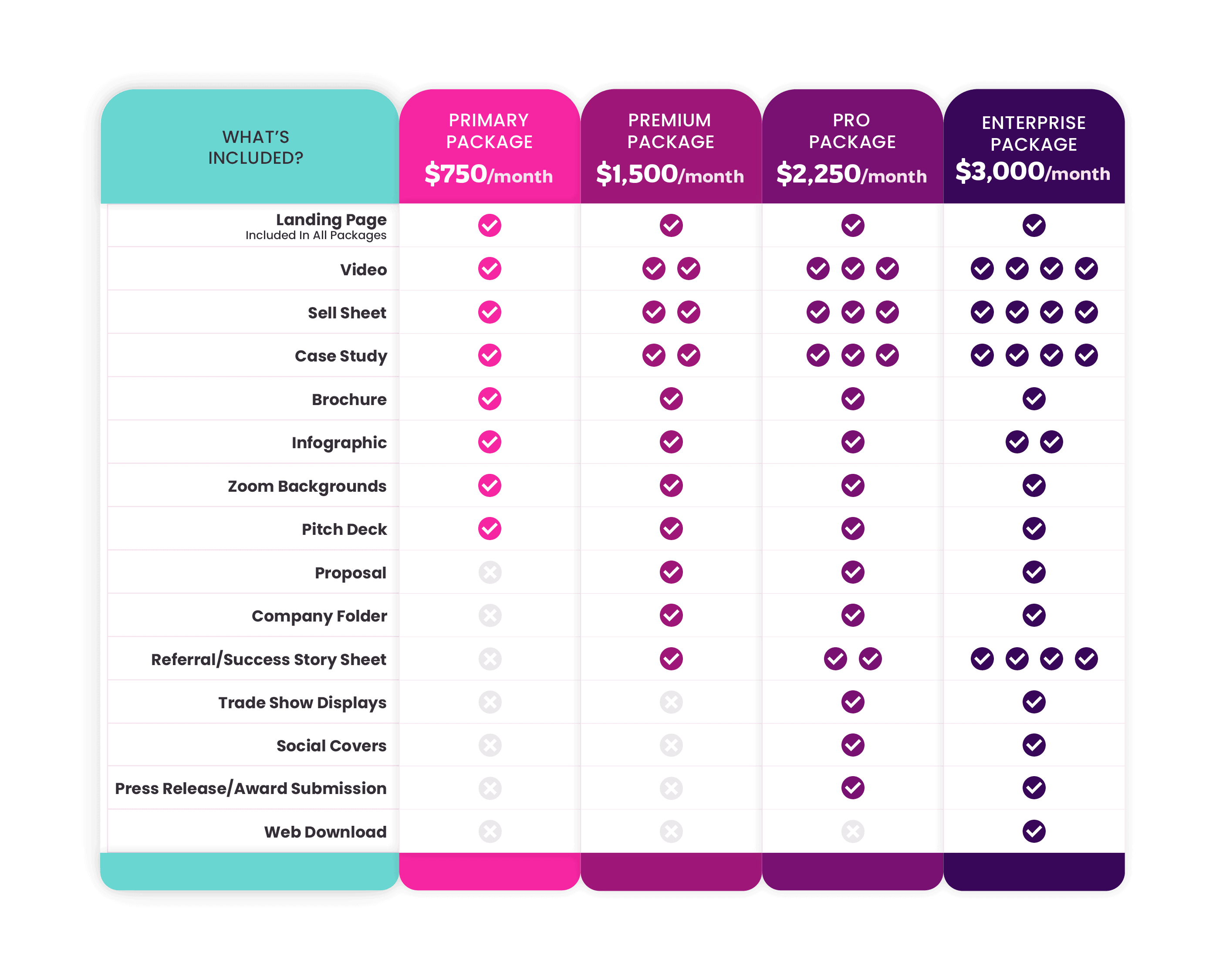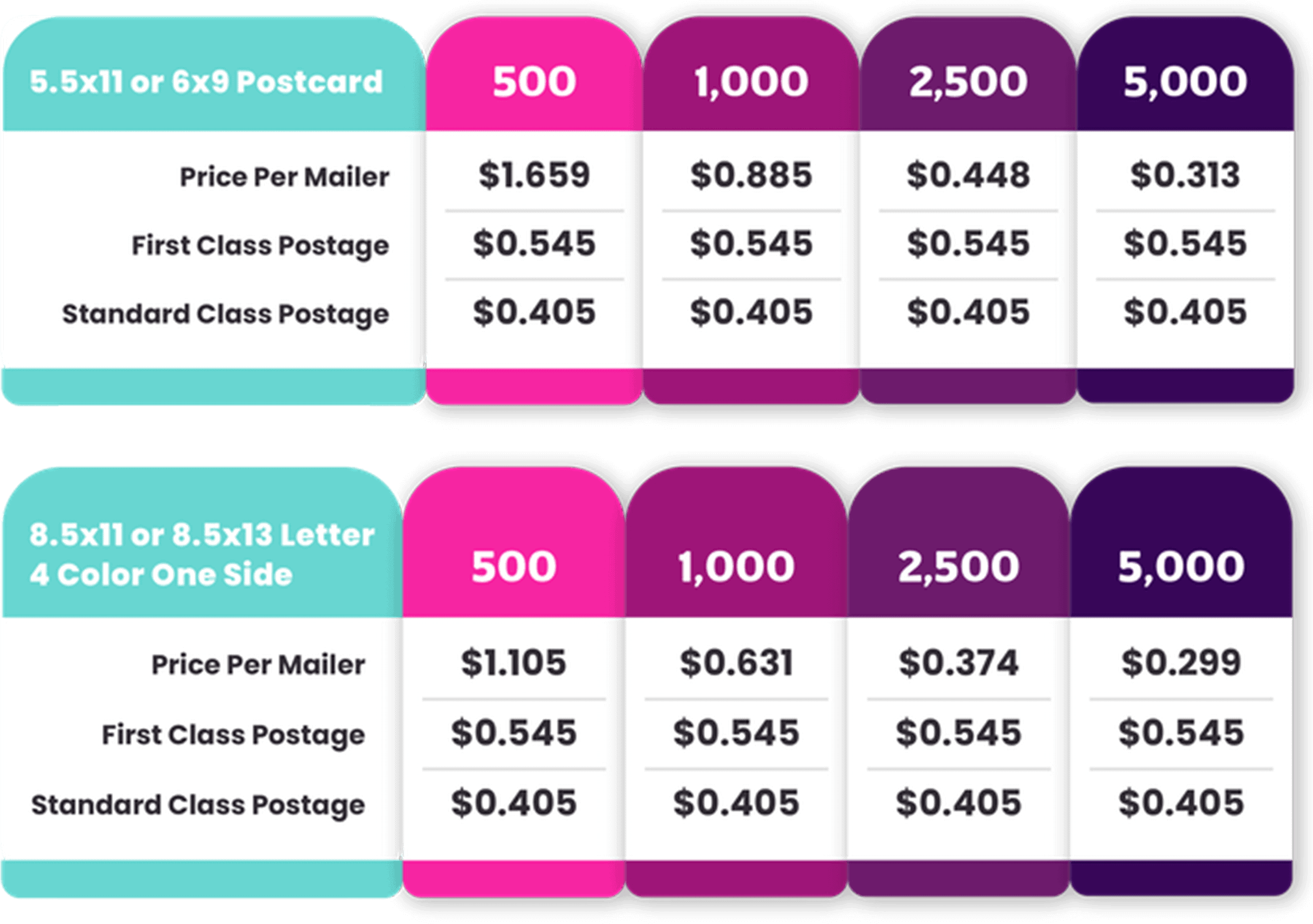Why You Should Email Marketing Collateral to Your Customers, and How to Do It
Despite the many options available today for digital marketing, emails continue to be a powerful tool for direct communication. And when you add marketing collateral to them, they deliver much more engagement, value, and impact.
Let’s get into more detail about how you can incorporate marketing collateral into your emails!
Why Does Email Marketing Matter?
Email marketing uses a variety of formats—newsletters, promotional offers, product announcements, event invitations, and more—to promote a business’s products or services, share news and updates, and build relationships with customers.
One advantage of email marketing is its wide reach. With billions of people using email, you’d be able to spread the word about your brand to a large audience and connect with both new and existing customers. Another is that it is also easily customizable. You can tailor your messages to different groups of people, making sure each person gets content that interests them. Personalization by addressing recipients by name or referencing their past purchases can make emails even more engaging.
Email marketing is also cost effective. Compared to traditional methods like sending printed mail or placing ads in publications, sending emails costs a lot less and can give you a substantial return on investment. This is great for businesses of all sizes, and especially smaller ones with limited budgets.
However, using a modern means of communication can only get you so far if you don’t have anything to actually sell. You also need material dedicated to showing what you have to offer.
What Is Marketing Collateral?
Marketing collateral refers to all the different materials you can use to help promote your company’s products or services, coming in a variety of forms. For example:
- Brochures give detailed information about your products or services by explaining their features, benefits, and unique selling points.
- E-books provide in-depth knowledge on specific topics relevant to your industry, showing that your company is an expert in your field.
- Infographics present complicated information in an accessible way with simple, straightforward language and attractive designs.
- Videos bring your message to life with dynamic visuals and storytelling that creates an emotional connection with your audience.
Other types include whitepapers, case studies, flyers, sales presentations, and more.
By adding marketing collateral to your emails, you give customers valuable information that helps them learn more about your company and make informed decisions during their buyer’s journey. Additionally, when you email marketing collateral to your customers, you build stronger relationships with them, leading to greater brand loyalty and repeat business.
But simply attaching files to an email doesn’t make for a successful marketing campaign. For the best results, one has to think ahead.
How to Incorporate Marketing Collateral in Your Email Campaigns Successfully
Ready to spice up your email campaigns by including some marketing collateral into them? Here are a few things to keep in mind:
- Be Strategic – Always start with aligning your marketing collateral with your email goals. Whether you’re nurturing leads, driving sales, or just building brand awareness, choose collateral that fits your message and adds value to your audience’s experience.
- Know Your Audience – Segment your email list based on demographics, purchase history, or engagement. This way, you can send content that speaks to each group’s interests.
- Mix and Match – Pair the right type of collateral with different email list segments. For example, send a sell sheet as a follow-up for prospects interested in a specific product or service!
- Plan Your Timing – Pay attention to when you send your collateral, and make sure it fits the stage your audience is at in their journey. Maybe send a fun intro video at the beginning or a convincing case study when they’re ready to make a decision.
- Make Things Mobile Friendly – Don’t forget to make both your emails and their collateral look as good on mobile devices as they look on computers! Many people check their emails on their phones, so your content needs to be easy to read and interact with on smaller screens.
- Keep Tabs on Performance – Track how well your emails and collateral are doing. Check metrics like open rates, click-through rates, and conversions to identify what works and what needs improvement.
The best laid marketing plans can still fail if the material doesn’t connect with the intended audience. Take the necessary steps to ensure your collateral hits home!
How to Make Your Email Campaigns More Engaging and Effective With Marketing Collateral
We’ve covered how you can incorporate marketing collateral into your emailing strategy. Now, let’s cover some tips for how to make those emails the best they can be. Here are a few tips to consider:
- Use Eye-Catching Visuals – Spice up your emails with high-quality images and videos. Strong visuals make your messages more interesting because they grab readers’ attention, break up text, and make content easier to digest. Plus, they give your emails a professional touch that leaves a lasting impression.
- Make Your CTAs Clear – Make sure your email marketing collateral has clear and compelling calls to action (CTAs). They make your messages actionable by telling your audience what to do next, whether it’s visiting your website, downloading resources, or making a purchase.
- Offer Something Special – Treat your subscribers to exclusive content like early access to new e-books. It makes them feel valued and appreciated, boosting loyalty and open rates.
- Educate Your Audience – Share whitepapers, infographics, and how-to guides to educate your audience about your products or industry trends. This makes you appear as authority in your field, earning customers’ trust.
- Add Interactive Elements – Use fun elements like quizzes, surveys, and polls to encourage recipients to spend more time with your emails, and gain valuable insights into what they like.
Spending time and money on flashy marketing materials can easily get out of hand, so make sure to avoid pitfalls and protect your investment.
Overcoming Common Challenges When Using Marketing Collateral in Email Campaigns
Adding marketing collateral to your email marketing can be a bit difficult, but tackling these challenges will help you include collateral more effectively and see better results!
- Design Consistency – Maintain a cohesive design across all marketing materials with a brand style guide that includes your colors, fonts, and logos. Templates also help keep everything uniform.
- Content Overload – It’s easy to overwhelm your audience with too much information, so keep your emails simple and concise.
- File Size and Load Times – High-resolution images and videos can slow down or disrupt email delivery. Use compressed formats to reduce file size without sacrificing quality and host your multimedia content on fast servers to ensure quick load times.
- Integration With Email Platforms – Choose platforms that support rich media and offer strong integration capabilities. Also, plugins and API integrations streamline the process and ensure smooth functionality.
A perfectly functional email campaign only tells you part of the story. For a full understanding of its success, you need to follow its metrics.
Tracking the Impact of Your Email Marketing Campaigns
To see how well your email marketing is doing, here are key factors to keep an eye on:
- Open rates tell you how many people open your emails, so high values mean your subject lines are grabbing attention.
- Click-through rates (CTR) show the percentage of people clicking on links to demonstrate engagement.
- Conversion rates show effectiveness by measuring how many people take action, like making a purchase, after clicking a link.
- Bounce rates indicate emails that didn’t get delivered, which may signal issues with your contact list.
- Unsubscribe rates show how many people opt out, helping you determine if your content or frequency needs adjustment.
- Spam complaint rates reveal how many mark your emails as spam, which can negatively affect your sender reputation.
- Forwarding and share rates track how often people send your emails to one another. More often than not, it shows how valuable and shareable your content is.
Tools and Best Practices
Use Universal Transverse Mercator (UTM) parameters in your links to see what’s working in Google Analytics. Try out different subject lines, email designs, and CTAs with regular A/B tests to find what resonates with your audience best. Don’t forget to ask for feedback from them through surveys and use heatmap tools to see where they’re clicking. And make sure your email platform works well with your CRM and web analytics tools for thorough tracking and analytics!
Key Takeaways
Marketing with emails is still a powerful way to connect directly with your audience, and adding marketing collateral to them can significantly increase their impact and value. To do this well, think strategically and take the time to get to know your audience. Also, make sure to keep things simple and track metrics so your email campaigns stay effective and engaging.
Let’s Create Email Campaigns That Hit the Sweet Spot
Looking to boost your email campaigns? Creative Sweets has you covered! We understand the challenges that come with the approach, and we’re here to help you overcome them. Whether you need resources or fresh content ideas, our solutions make your emails engaging and effective. Let’s partner up and take your marketing to the next level together!













